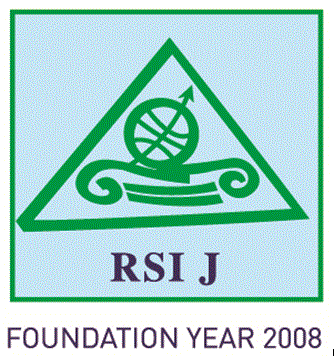Payam MOHAMMAD ALIHA
Ph.D candidate, Universiti Kebangsaan Malaysia (UKM), Malaysia
payammaliha@gmail.com
Tamat SARMIDI
Associate Professor Dr. at Faculty of Economics and Management, Universiti Kebangsaan Malaysia (UKM), Malaysia
tamat@ukm.edu.my
Fathin FAIZAH SAID
Dr. at Faculty of Economics and Management, Universiti Kebangsaan Malaysia (UKM), Malaysia
fatin@ukm.edu.my
Abstract
In this paper, we compare the forecasting performance of multivariate models (ARDL/VECM/DOLS/FMOLS) versus univariate models (ARIMA/ETS) for the purpose of forecasting the real demand for money in Malaysia using monthly data during 2010Q1-2018Q4. This study overcomes the issue of misspecification by incorporating financial innovation in the money demand function using separate measures of payment instruments (credit card, charge card, debit card, e-money), payment channels (Real Time Electronics Transfer of Funds and Securities or RENTAS, Interbank GIRO, Financial Process Exchange or FPX and direct debit) and payment channels (Automated Teller Machines or ATM, mobile banking) to capture the effect of financial innovations. The multivariate models which are categorized into structural models (relying on a structural relationship between money demand and other variables) are also cointegration based models meaning that variables have long-run associationship and move together in the long-run while non-structural (non-cointegration) based techniques (ARIMA and ETS model) do not rely on such a structural relationship. We conclude that structural models are better for longer term forecasting. Non-structural models (notably ARIMA) have better forecasting performance for short term horizons such as one year than they do for long term horizons. However, our findings indicate that even for short term horizons, structural models do better than non-structural models but the gap between forecasting accuracy for these two kinds of models is much narrower in the short term horizon compared to long term horizon. The results also indicate that FMOLS has the most predictive power among cointegration/structural/multivariate based models for both short (12-months) and long-time (60-months) horizons. In the context of this model (FMOLS), financial innovation have positive yet small impact on money demand in Malaysia. Finally, we do out-of-sample forecast using FMOLS.
Keywords: Malaysia, Money Demand, Financial Innovations, Multivariate, Univariate, Cointegration
JEL classification: E41, E42, E52
read more
